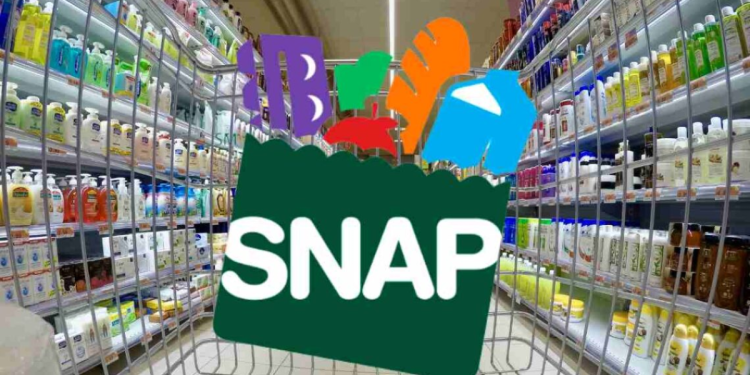As many retirees in the United States navigate the challenges of fixed incomes, the Supplemental Nutrition Assistance Program (SNAP)—commonly referred to as food stamps—emerges as a crucial resource. This federal program aims to assist low-income individuals and families in purchasing nutritious food, making it especially vital for retirees whose Social Security benefits may not fully cover their living expenses.
Understanding SNAP: Eligibility Criteria
This Article Includes [hide]
Contrary to common beliefs, age does not restrict participation in the SNAP program. Instead, eligibility primarily hinges on income level, household size, and available financial resources. However, seniors aged 60 and older often enjoy certain advantages that can make the application process more accessible.
Benefits Specific to Seniors
- Generous Income Limits: Seniors over 60 may qualify for SNAP even with a higher income compared to younger applicants. This flexibility allows retirees receiving Social Security benefits to apply for assistance without fear of disqualification based solely on their income level.
- Medical Expense Deductions: A significant advantage for seniors is the ability to deduct certain medical expenses when calculating their income for SNAP eligibility. This includes costs for medications, doctor visits, and other health-related expenditures. By reducing their net income, seniors can enhance their chances of qualifying for food assistance.
- Streamlined Application Process: In several states, seniors benefit from a simplified application process designed to reduce bureaucratic barriers. This initiative helps older adults who may struggle with complex paperwork to access the necessary assistance more easily.
Combining SNAP with Social Security Benefits
For retirees already receiving Social Security payments, applying for SNAP can provide essential financial relief. Although Social Security income is considered when determining SNAP eligibility, it does not automatically disqualify applicants. This combination can be particularly helpful for seniors whose Social Security checks fall short of meeting their basic living expenses.
Key Factors Affecting SNAP Eligibility
While age is an important consideration, several other factors play a critical role in determining SNAP eligibility:
- Total Household Income: Eligibility is primarily based on total household income, which encompasses wages, pensions, and Social Security benefits. The SNAP program sets income limits that vary based on household size and federal poverty guidelines. While these limits are generally more flexible for seniors, exceeding certain thresholds may result in denial of benefits.
- Financial Resources and Assets: Another crucial factor in the eligibility assessment is the applicant’s financial resources, including savings and property. Notably, a primary residence is typically excluded from these calculations. Seniors receiving Supplemental Security Income (SSI) may find certain resource tests waived, further simplifying their eligibility for SNAP.
- Disability Considerations: Seniors who receive disability benefits from Social Security (SSDI) can benefit from additional considerations, such as the ability to deduct medical expenses from their income. This can significantly increase their chances of qualifying for SNAP, helping them secure the necessary food assistance.
Understanding how to balance Social Security and SNAP benefits is essential for retirees. Both programs have distinct eligibility requirements, and while Social Security payments are considered income, they may not impact SNAP eligibility in the same manner as wages from employment. Awareness of these differences is crucial for seniors seeking to maximize their financial assistance.
State Variations in SNAP Benefits
Although SNAP operates under federal guidelines, each state has the flexibility to modify certain eligibility criteria and benefit amounts. This can result in significant disparities across the country. For example, in fiscal year 2023, Hawaii recorded the highest average monthly SNAP benefit at $385 per household member, while Minnesota had the lowest at $157. Moreover, states like Florida have recently expanded work requirements, which could affect older residents’ access to benefits.
Conclusion: Empowering Seniors Through SNAP
For retirees, understanding and navigating the expanded SNAP benefits can offer much-needed support in an era of rising living costs. By recognizing the specific advantages available to seniors and how to effectively combine SNAP assistance with Social Security benefits, retirees can ensure they have access to healthy, nutritious food, enhancing their overall quality of life.


